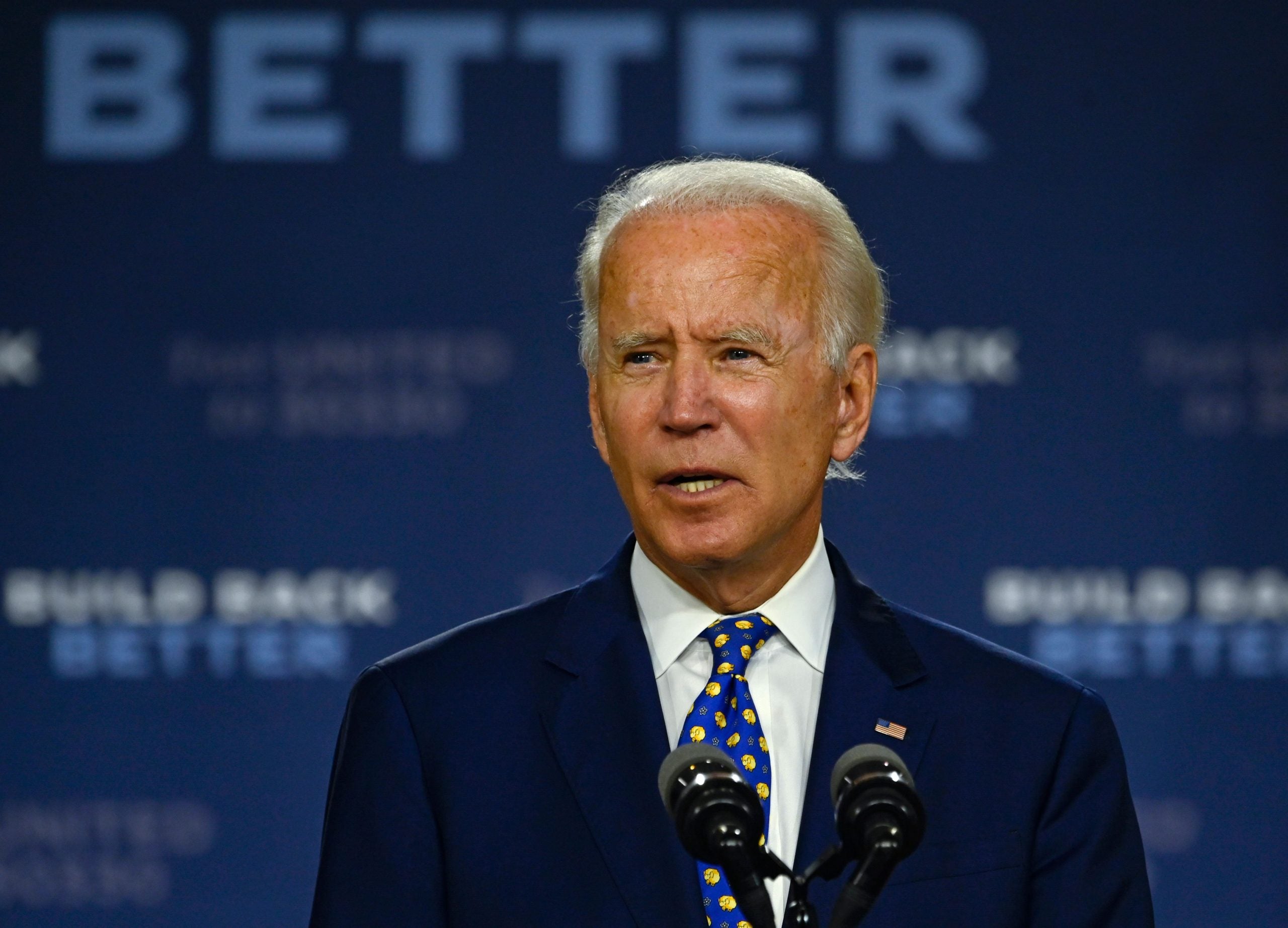
After over a month of counting (and in some cases, recounting,) the 2020 Presidential election results have finally been certified in all 50 states. President-elect Joe Biden has a 7 million popular vote lead over President Donald Trump, and has 306 electoral votes while Trump has 232. Out of the 538 votes available, 270 were needed to win the presidency.
West Virginia was the final state to certify their results on Wednesday, which officially gave Trump the five electoral votes held by the state. Each state has a unique process for validating results, with some certifying their presidential electors separately by state and local election results. These certifications have appeased certain Americans, as Trump and other Republican allies have continuously upheld baseless claims of election rigging and fraud since the November election.
Trump’s legal team has filed dozens of lawsuits to challenge the results in multiple states, with the most recent being in Arizona. It was during this attempted overturn when Trump’s top legal strategist, Rudy Giuliani, possibly exposed legislators to COVID-19.







The next step in formalizing the election results is the meeting of the electors, a process required by law. The electors will convene on the first Monday after the second Wednesday in December, which falls on December 14. They will meet in their respective states and cast their votes, which will later be sent to officials and counted in a joint session of Congress on January 6.
Twenty-nine states, including the District of Columbia, have legal control over how their electors vote in the Electoral college, binding them to follow the popular vote. According to a Supreme Court ruling this summer, states are allowed to penalize electors who break their pledge to vote for the state’s popular vote winner.
These certifications officially debunk the conspiracies of false election results.






